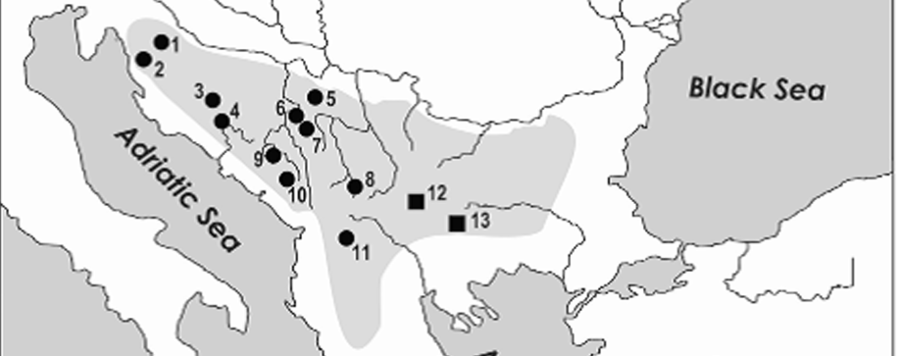
Female reproductive characteristics of the Balkan sand lizard Lacerta agilis bosnica (Schreiber, 1912)
The sand lizard (Lacerta agilis), which occupies a large part of temperate Eurasia and includes several morphologically and genetically distinct lineages, is a model species for life-history studies. Yet, for major parts of the species range, basic data on female reproductive traits are lacking. Here we present the first data on female reproductive traits of Lacerta agilis bosnica, a poorly studied lineage inhabiting montane areas of the Balkan Peninsula. Ten females caught in mid-June 2017 on Mt. Maljen (950 m a.s.l.) in western Serbia were monitored and examined in the lab, as well as their eggs and hatchlings. We additionally examined the state and number of oocytes in 31 females from scientific collections. Mean clutch size is quite high (8.0 ± 0.4 eggs) in relation to small mean snout-vent length of gravid females (74 ± 1 mm), mean relative clutch mass is relatively low (0.37 ± 0.02), and egg incubation period (51 ± 1 days at 24-26 °C) is rather long for L. agilis. While mean values of the above traits are within the variation range found across conspecific populations studied thus far, mean values for egg size (mass, 0.42 ± 0.02 g; length, 11.8 ± 0.2 mm; width, 7.7 ± 0.1 mm) and hatchling size (mass, 0.47 ± 0.03 g; SVL, 25.0 ± 0.5 mm; tail length, 30.4 ± 1.6 mm) are clearly smaller
than in all previously studied populations of this species.






